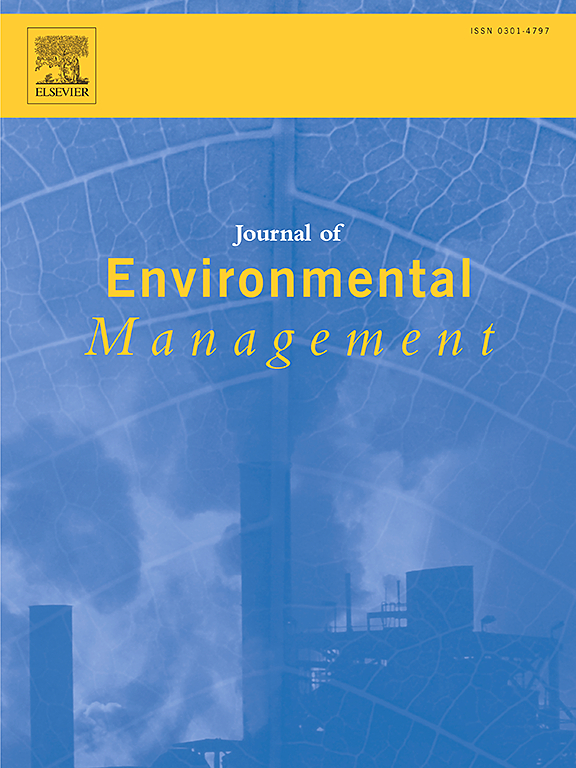Using the Forel-Ule index (FUI) to track the water quality of subsidence water bodies across the life cycle of coal mining in eastern China
IF 8
2区 环境科学与生态学
Q1 ENVIRONMENTAL SCIENCES
引用次数: 0
Abstract
The water quality and associated ecological risks in subsidence water bodies formed by underground coal mining are an increasing global concern. However, long-term water quality changes in these subsidence water bodies, especially across different spatial regions, remain poorly understood. This paper, by mapping the Forel-Ule index (FUI) a key indicator of water color, using Landsat datasets to reveal the dynamic evolution of water quality in 402 subsidence water bodies in the Huang-Huai-Hai Plain of eastern China from 1990 to 2020, covering their life cycle from formation to extinction. We identified three types of subsidence water bodies, including growing (14.4%), stable (35.1%), and shrinking (50.5%), almost all of which were found to exhibit eutrophic conditions. The findings revealed a blue-shift trend, indicative of improved water quality, was observed in nearly half (45.3%) of the water bodies. During mining, water quality was generally poor with higher average FUI values, but gradually improved at an average rate of −0.09 yr⁻1. FUI values experienced a brief period of stability before deteriorating post-mining, with an average rate of 0.05 yr⁻1. Our study provides valuable insights into the governance of subsidence water bodies in coal mining areas by revealing large-scale, long-term trends in water quality evolution.
利用Forel-Ule指数(FUI)对中国东部采煤沉陷水体进行全生命周期水质跟踪。
煤矿井下开采形成的沉陷水体的水质及其生态风险日益受到全球的关注。然而,这些沉陷水体的长期水质变化,特别是不同空间区域的水质变化,仍然知之甚少。利用Landsat数据,通过绘制水体颜色的关键指标Forel-Ule指数(FUI),揭示了1990 - 2020年黄淮海平原402个沉陷水体从形成到消失的生命周期的水质动态演变。沉降水体类型分为增长型(14.4%)、稳健型(35.1%)和萎缩型(50.5%)3种,几乎都呈现富营养化状态。结果显示,近一半(45.3%)的水体出现了蓝移趋势,表明水质有所改善。在开采期间,水质普遍较差,平均FUI值较高,但以-0.09年的平均速度逐渐改善。FUI值经历了短暂的稳定期,然后在开采后恶化,平均速度为0.05年毒血症1。我们的研究通过揭示大尺度、长期的水质演变趋势,为煤矿沉陷水体的治理提供了有价值的见解。
本文章由计算机程序翻译,如有差异,请以英文原文为准。
求助全文
约1分钟内获得全文
求助全文
来源期刊

Journal of Environmental Management
环境科学-环境科学
CiteScore
13.70
自引率
5.70%
发文量
2477
审稿时长
84 days
期刊介绍:
The Journal of Environmental Management is a journal for the publication of peer reviewed, original research for all aspects of management and the managed use of the environment, both natural and man-made.Critical review articles are also welcome; submission of these is strongly encouraged.
 求助内容:
求助内容: 应助结果提醒方式:
应助结果提醒方式:


